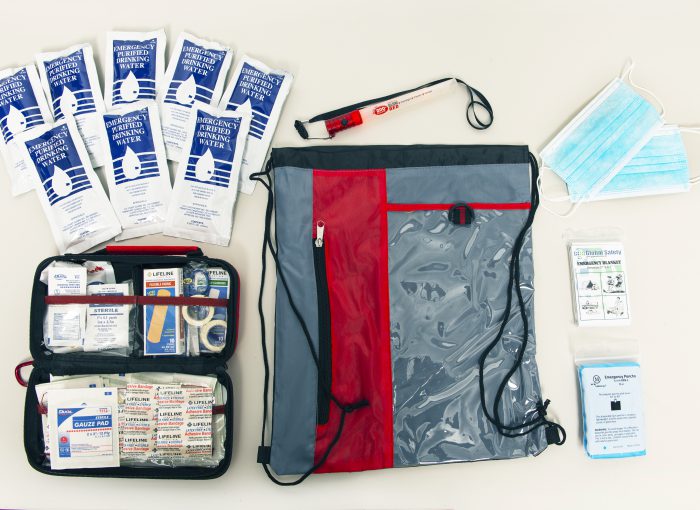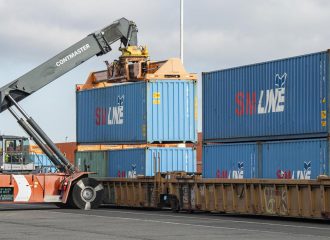Living along the Cascadia Subduction Zone, major earthquakes are inevitable, so we all need to get prepared.
That’s why we’re focused on assessing the risks, keeping our team safe, and determining what we can do to help our region recover after an earthquake.
We’re finding there’s always something new to learn about earthquakes, and perhaps you are too.
Understanding the risks
We began assessing earthquake risks in 2012 as part of the Governor’s Oregon Seismic Safety Policy Advisory Commission project team. The resulting Oregon Resilience Plan is our guiding document for defining the issue and describing our role in recovery efforts. We’ve also completed our seismic risk assessment study to identify and understand the vulnerability of our facilities.
Planning for recovery
We know a major earthquake will damage our airports and marine terminals—the same transportation systems we all rely on to help with earthquake recovery efforts. To prepare, we’re establishing a baseline set of infrastructure needs to meet a predetermined level of service in the period immediately after an earthquake. We’re also developing an infrastructure resiliency plan to guide us on how to address those infrastructure needs.
Protecting our most important asset
While our seismic resilience study and plans are important, our first job is protecting our team. As part of ongoing education efforts, we’re participating in the nationwide Great ShakeOut earthquake drill on Oct. 19. Afterward, we’re giving teammates a personal disaster survival kit for their work areas, providing the basis to sustain them for a few days after an earthquake. We’ll continue expanding our skills by participating in resiliency planning exercises undertaken by our regional partners.
What you may not know
If you’re planning to stand in the nearest doorway to protect yourself from flying or falling objects during an earthquake, you can benefit from a few Great ShakeOut tips. While the doorway myth was once widely accepted, there are much better ways to keep yourself safe. Find out how to identify hazards and secure moveable items before the shaking starts; what to do during an earthquake, and how to create your own emergency kit at www.shakeout.org.





